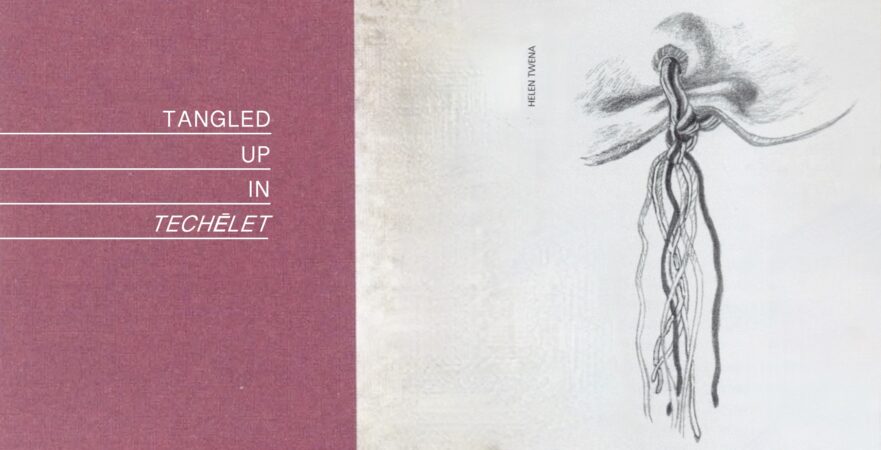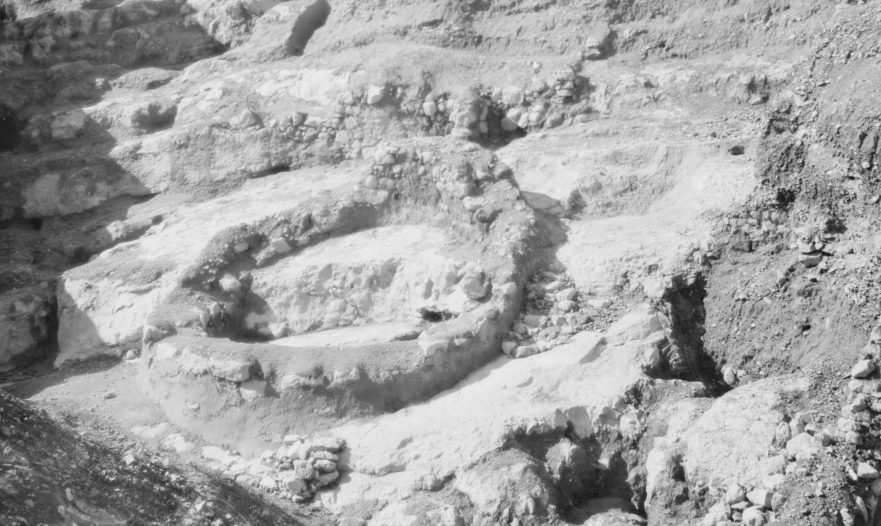Although the wearing of tzitzit is enjoined in Scripture, we do not find records of its actual observance until the Second Temple period.
Character Profile: Mary Magdalene
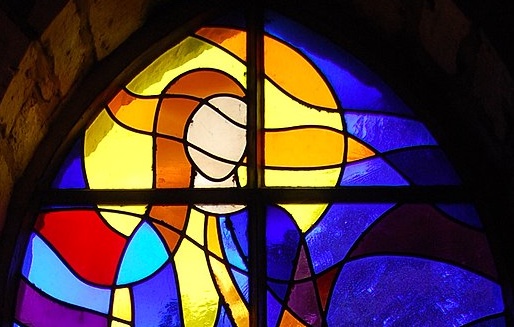
In place of accurate facts about Mary Magdalene, strange ideas and fabulous speculations have arisen that have diminished the true image of one of the most important women in the New Testament.
Woes on Three Villages
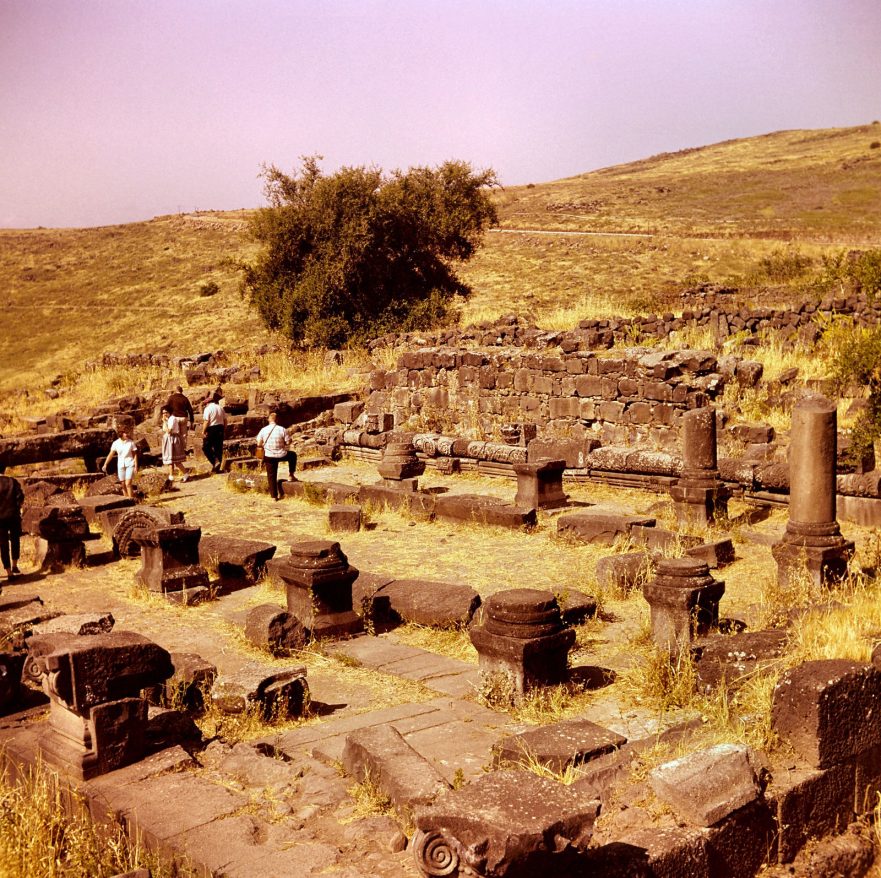
The Woes on Three Villages express Jesus’ sorrow that Chorazin, Bethsaida and Capernaum had not responded to his warning not to get sucked into the black hole of violent religious nationalism.
Hannah on an Ancient Hilltop: A Tale for the New Year
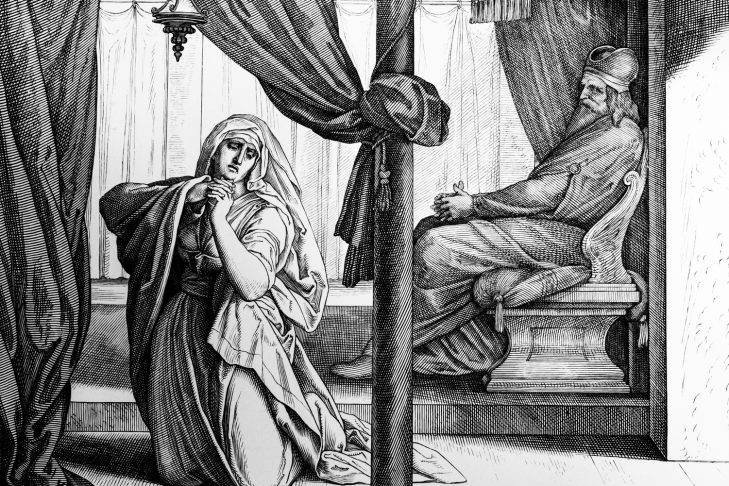
At the intersection of an unpaved forest road with the path to Horvat Hani lies an almost invisible rocky mound in the western Bethel foothills. Miriam Feinberg Vamosh suggests this site of a ancient convent is actually the intersection of three traditions remembering a remarkable woman of Scripture: Hannah.
The Mikveh and Ritual Immersion in Jesus’ Day
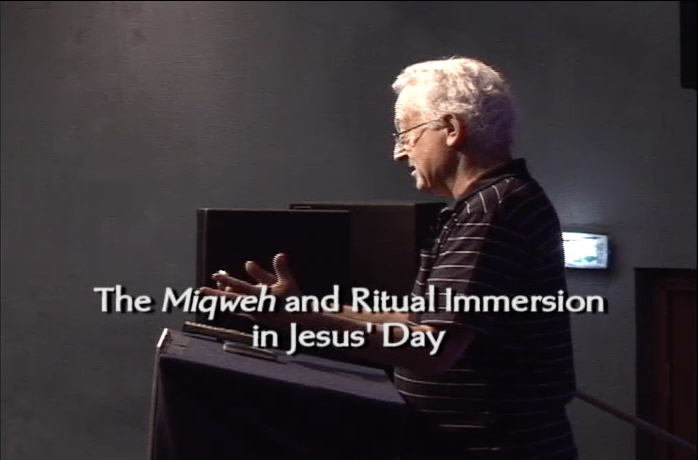
The complete 2006 lecture is now accessible to JP users. View now!
World’s Oldest Biblical Scroll Discovered?
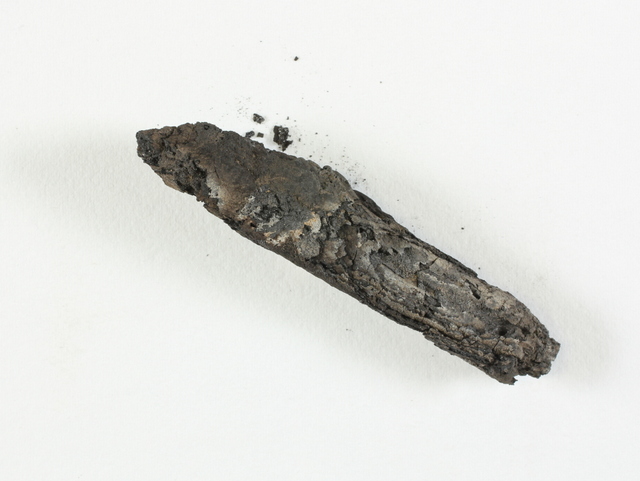
This past Wednesday evening (21 September, 2016) the BBC reported that a scroll discovered in the ancient synagogue at Ein Gedi “reveals the earliest text ever found of the Old Testament.” Is this startling claim true?
The Recently Discovered Pool of Siloam
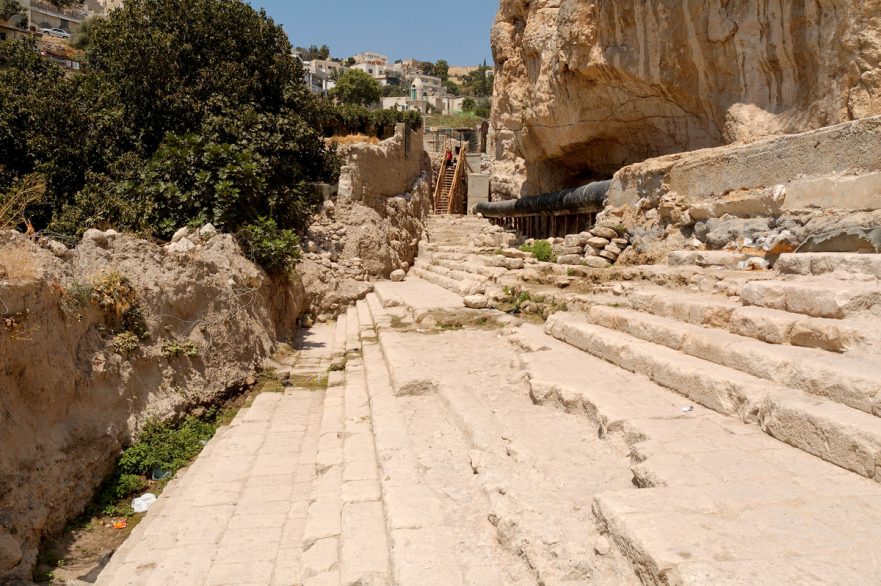
In this free sample lecture from the 2006 Jerusalem Perspective Conference, archaeologist and JP contributor Ronny Reich discusses the excavation of the first-century remains of the pool of Siloam discovered in Jerusalem. The complete collection of presentations delivered at the 2006 Jerusalem Perspective Conference is available through the En-Gedi Resource Center.
Character Profile: Pontius Pilate
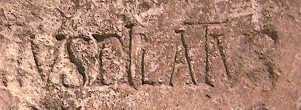
In this video Marc Turnage reexamines Pilate’s character based on ancient literary sources, including the New Testament, and archaeological finds.
Windows into the Bible (4): Stone Vessels

In this video Marc Turnage discusses the significance of stoneware vessels for understanding the cultural context of the Gospels. Marc Turnage, a member of the Jerusalem School of Synoptic Research, is the director of the Center for Holy Lands Studies for The General Council of the Assemblies of God in Springfield, Missouri. Learn more about Turnage and his work at his blog The Shard and the Scroll at www.theshardandthescroll.com.
Windows into the Bible (3): Ancient Oil Lamps
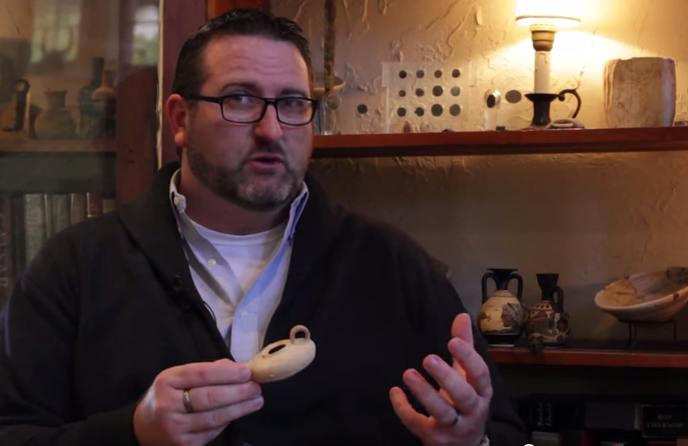
In this video Marc Turnage demonstrates what ancient oil lamps can teach us about Jewish culture in the Galilee and Judea in the time of Jesus.
Windows into the Bible (2): First-century Coins
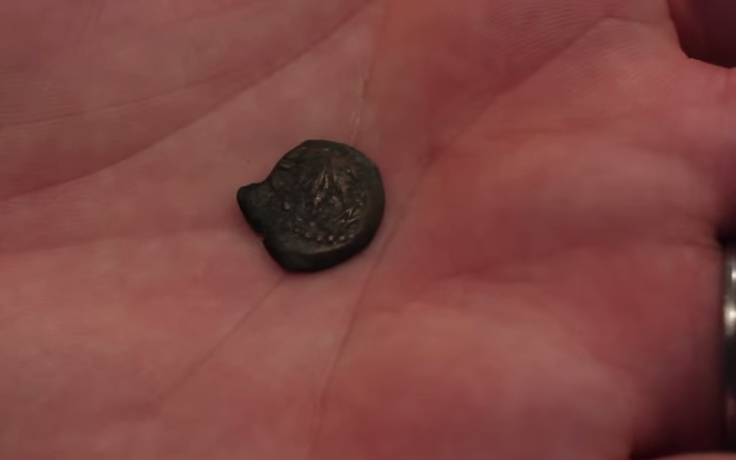
In this video Marc Turnage discusses what we can learn about first-century Jewish history by studying ancient coins.
Video Clip: Gabriel Barkay on “Was Jesus Buried in the Garden Tomb?”
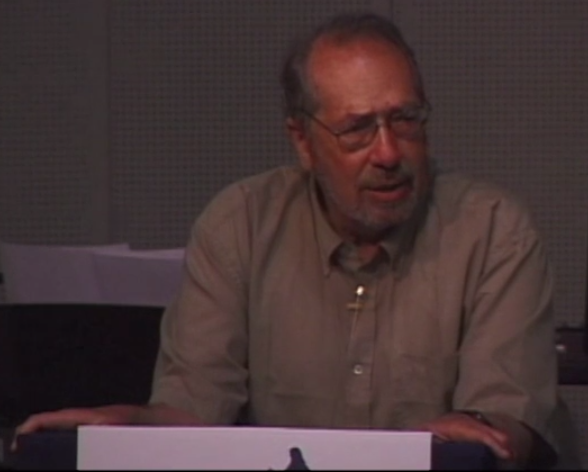
In this video Gabriel Barkay, world-renowned archaeologist of the Bar Ilan University, discusses burial customs in the first century, and what archaeology can tell us about the burial site of Jesus.
Herod’s Tomb, Ehud Netzer and a Case of Mistaken Identity
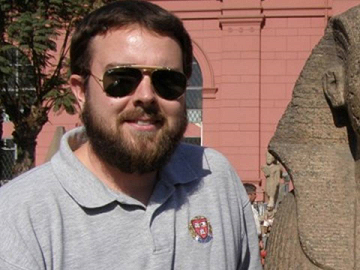
The Herodium is a great place to bring people who are exploring the Holy Land for the first time. I always felt that the site spoke eloquently to visitors of both the brilliance and madness of Herod the Great.
Windows into the Bible (1): Four Artifacts
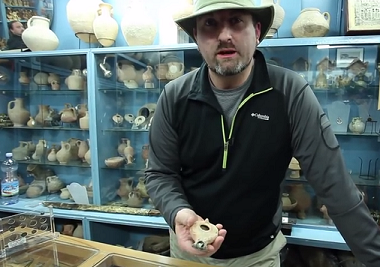
Jerusalem School member Marc Turnage uses four archaeological artifacts to peer into the world of Jesus and the Gospels in this video.
Jesus the Galilean, a Stranger in Judea?
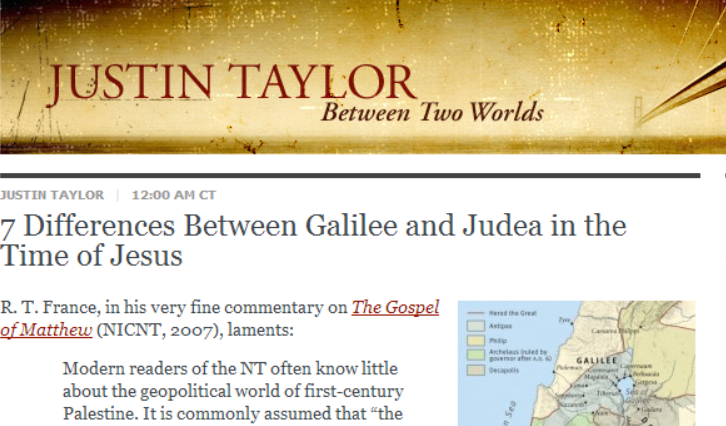
Follow Garcia as he challenges Taylor’s work and brings about the conclusion that “We should attribute any differences between Galileans and Judeans primarily to issues of opposing halakhic opinions.”
A Response to Kilty and Elliott on the Talpiot Tomb
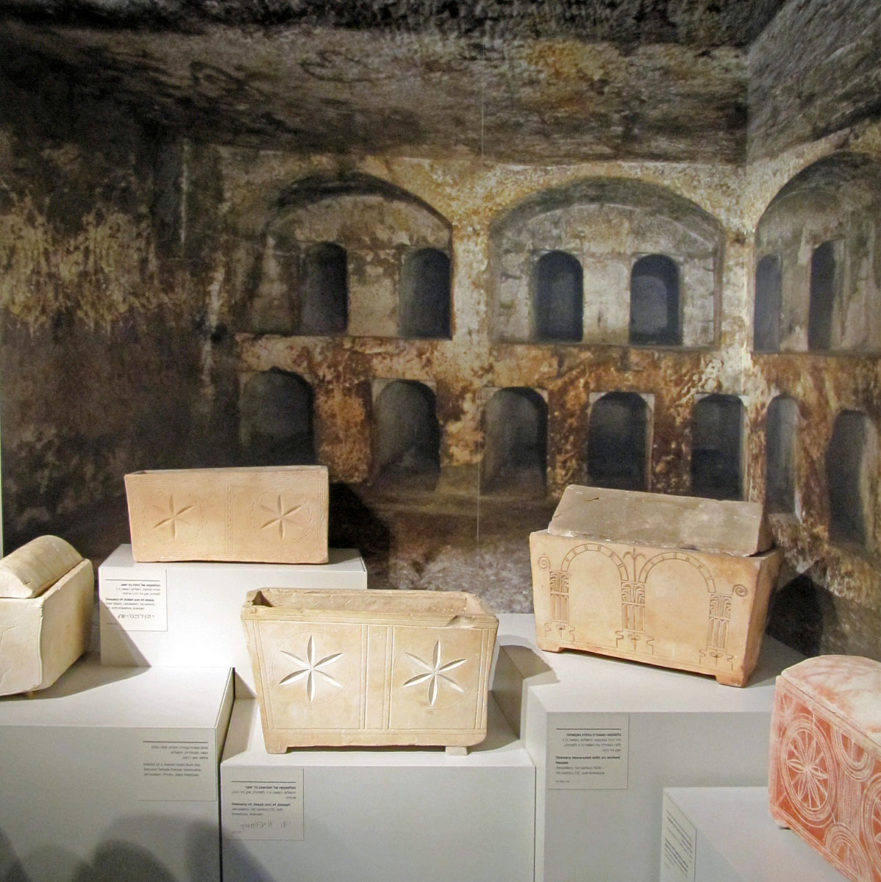
The calculations of Kevin Kilty and Mark Elliott have an after-the-fact particularity to them that belies their claim to be dealing with probabilities.
Evidence of an Editor’s Hand in Two Instances of Mark’s Account of Jesus’ Last Week?
It has been noted that in instances where Mark’s editorial hand restructured his story, Luke has preserved a more primitive form of the account, a form that is independent of Mark’s influence. Gospel scholars need to properly evaluate Mark’s editorial style and acknowledge that frequently a theological agenda influenced his rewriting.

